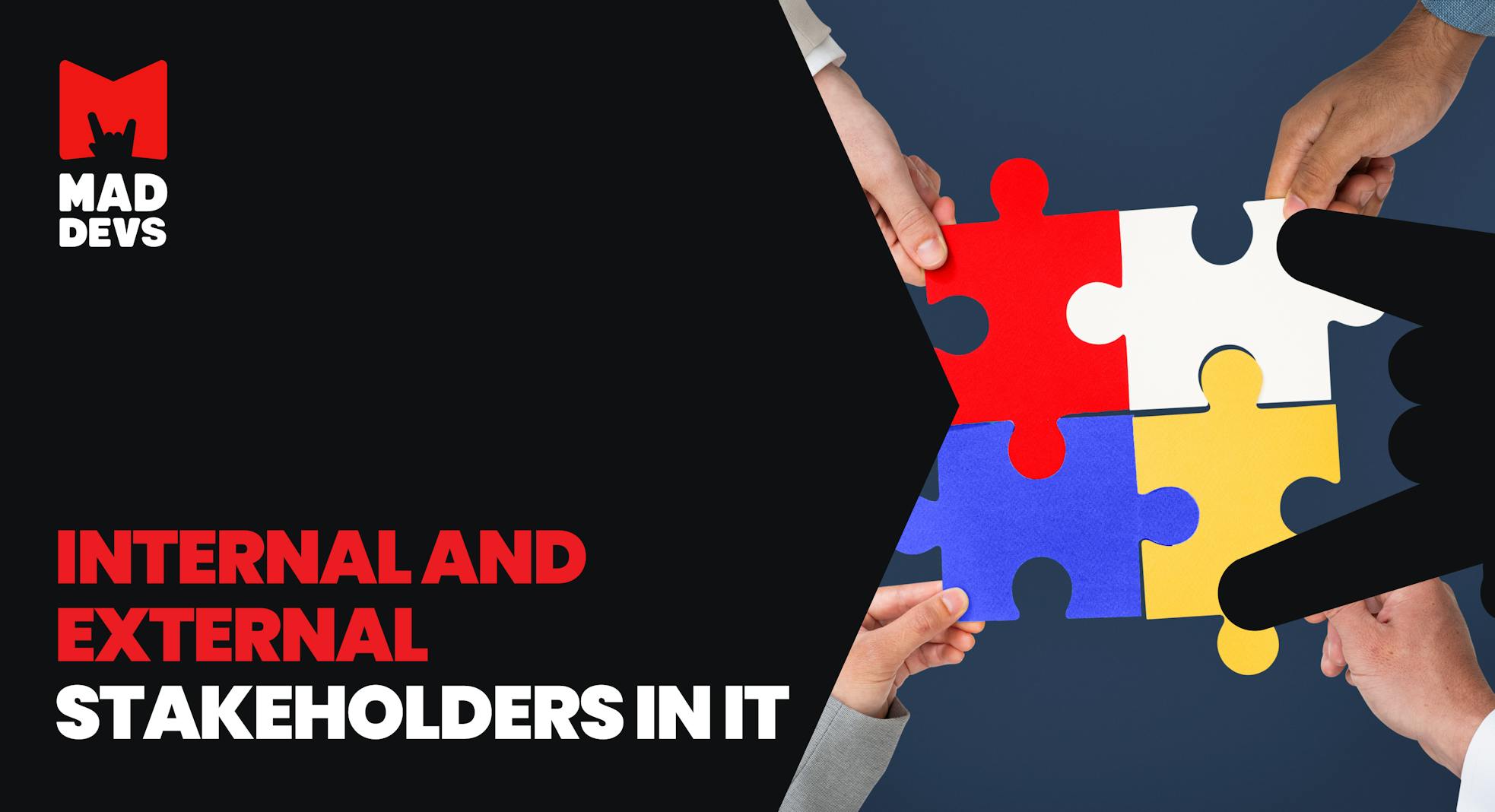World politics and economics have bound most countries together and made companies more dependent on each other than ever before. Resource and component suppliers, manufacturers, distributors of goods and labor, as well as sales markets, are spread across the planet. You could say that almost no full-service companies are left that don't depend on other companies.
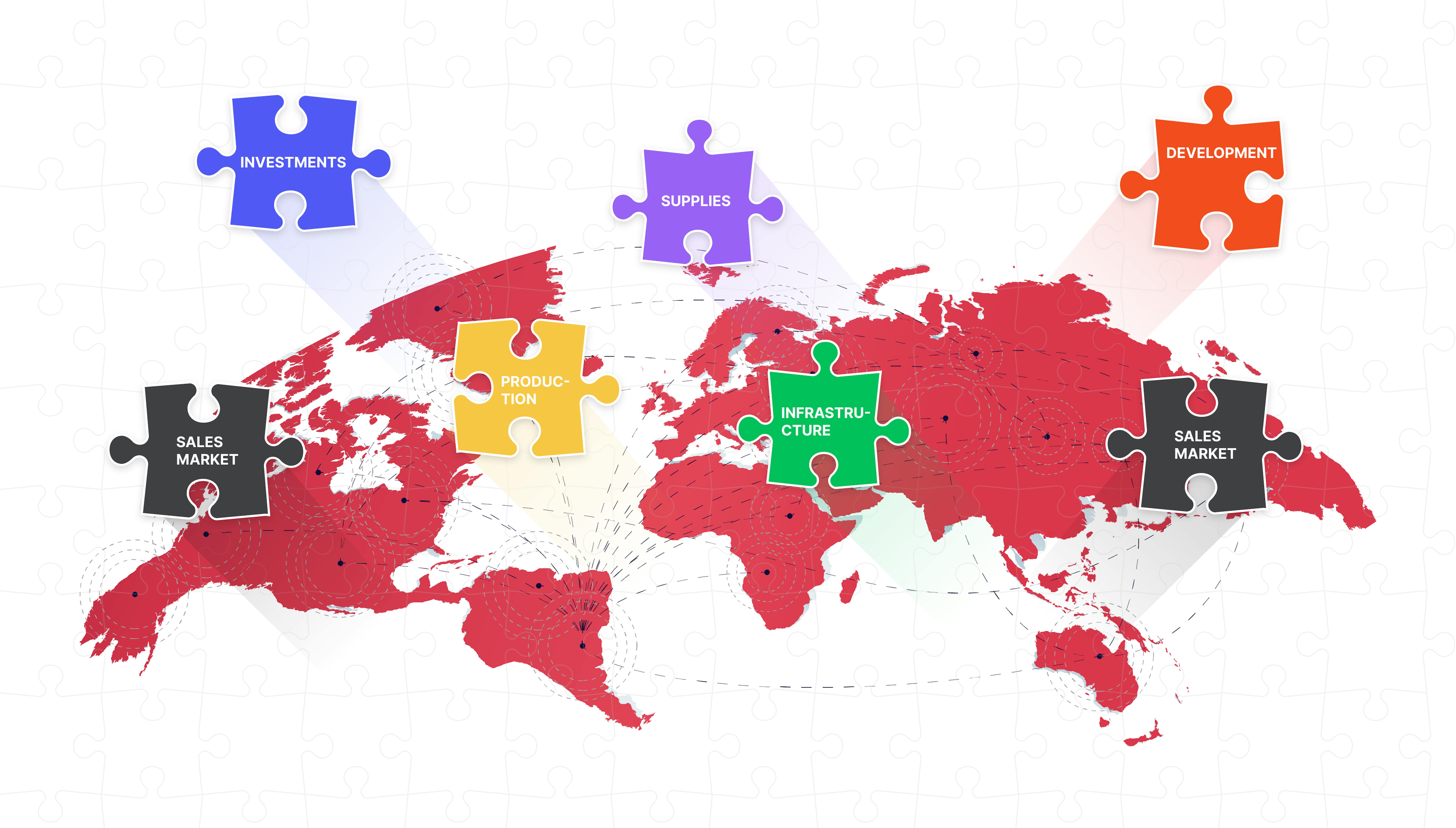
There are several significant reasons that have influenced business processes:
- The COVID-19 pandemic has disrupted supply chains, prompting rapid digitalization and remote work adoption while fueling inflation and economic instability.
- Geostrategic Outlook 2024 report provided that geopolitical tensions have further strained supply chains, driving up energy prices and forcing global business adaptation.
- Climate change also affects businesses, requiring carbon footprint reduction and climate adaptation measures.
- According to Tech Trends 2024 report, ongoing technological advancements such as artificial intelligence, machine learning, big data, the Internet of Things, and blockchain present both new opportunities and challenges. Concerns about patent and trade confrontations heighten fears of business paralysis.
That’s why many companies are developing components, shifting production to their countries, and preparing for domestic market entry. However, a complete return to closed production and distribution cycles seems unlikely.
All this has a positive effect because this kind of cooperation often develops infrastructure, creates more opportunities to open new businesses, and gives more chances for mutually beneficial collaboration. But for cooperation to be reciprocal and effective, it is necessary to clearly understand who and what place they take in this chain. In this article, we will tell you in detail what stakeholders are and what types of stakeholders there are. What is the difference between internal and external stakeholders, and how to manage them best?
You can also get our free consultation if you need more expertise in developing a transparent work process with your stakeholders. We are always ready to provide our best practices for team management.
What are the stakeholders?
Stakeholders are individuals, businesses, or organizations that have some connection to your company. More specifically, they have various interests and influences in your company as they interact with it somehow, and the company's state affects them. Several documents outline stakeholder criteria. For example:
ISO 10002:2018 — standard provides guidance on managing stakeholders in the context of project management. It includes a definition of stakeholders, as well as criteria for identifying and analyzing them.
Project Management Institute (PMI) Stakeholder Management Standard — provides a comprehensive framework for stakeholder management. It includes a definition of stakeholders, as well as criteria for identifying, analyzing, engaging, and managing them.
International Association for Public Participation (IAP2) Public Participation Spectrum — This framework identifies five public participation levels, from informing to empowering. Each level of participation has different implications for stakeholder involvement.
The terms "stakeholder" and "shareholder" are often used interchangeably, but they have distinct meanings in the business world. Let's break down the key differences:
Stakeholders are individuals or groups that have an interest in a company's success or failure. This broad category includes employees, customers, suppliers, communities, the environment, and competitors. Stakeholders care about the company's overall performance and how its actions might impact them.
Shareholders are a specific type of stakeholder — they are individuals or institutions who own shares of a company's stock. Their primary interest lies in the company's financial performance, particularly the stock price and potential return on investment (ROI).
There are typically two types of stakeholders: internal and external. Let's below take a closer look at each of them and figure out their role in business.
What are the internal stakeholders?
Internal stakeholders, also called primary stakeholders, are entities with a direct interest or influence in a company, as all the processes and results of the company's operations also affect them. An example of internal stakeholders are employees of a company and its owners or investors.
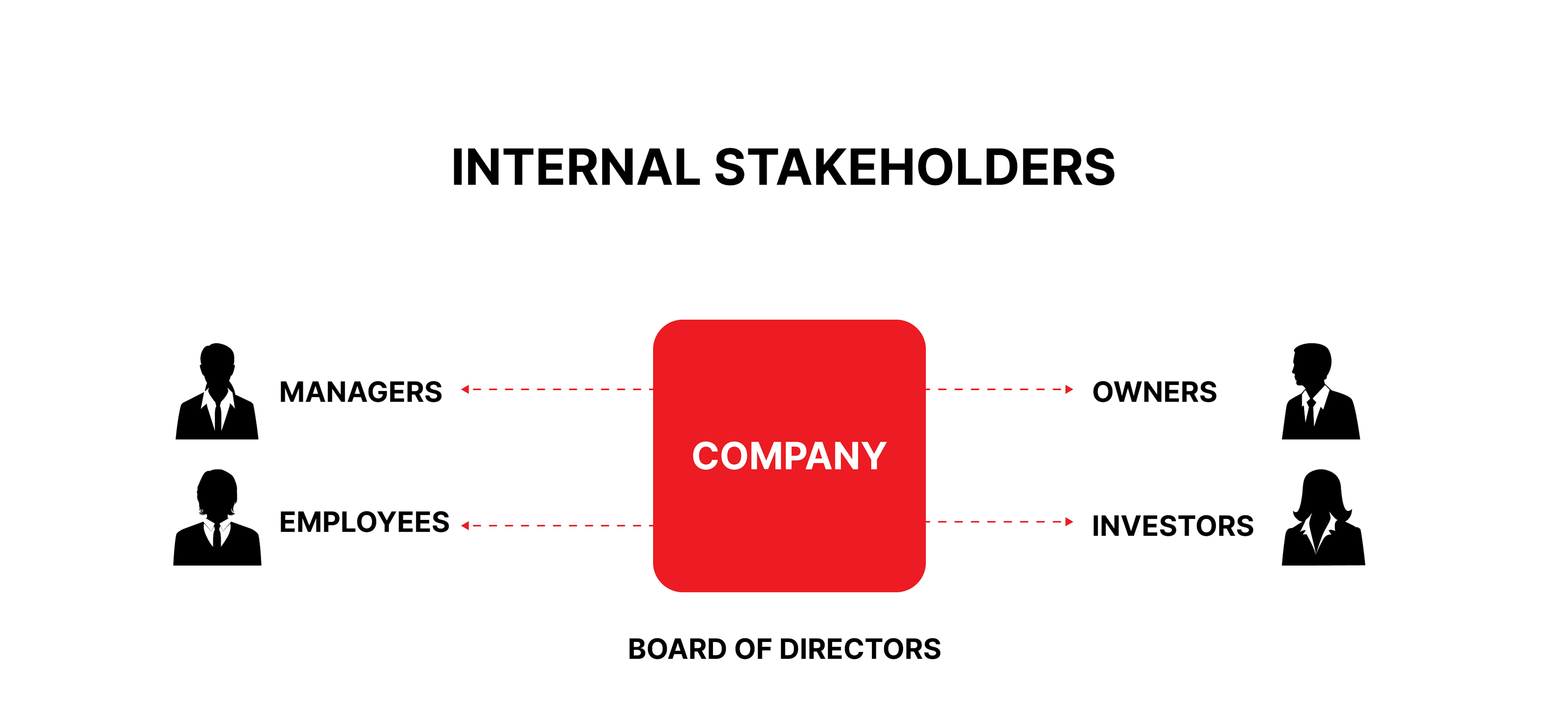
Who are the internal stakeholders, and what are their roles?
In business, the internal stakeholders are investors, owners, directors, managers, and employees. Obviously, different internal stakeholders have different roles in a company. This depends on their interest, degree of influence in decisions, and responsibility. So, to answer the question, it is necessary to divide them into several types.
Investors or shareholders are internal stakeholders who are only responsible for the funds they invest in the company. Their influence on decisions is indirect, but their interests require a high priority because they must trust the company to invest their money. However, their interest is often solely financial, as the company regularly generates profit, and its capitalization steadily grows.
Owners
The owners are responsible for the company's foundation and existence, and their influence on the decision-making can vary greatly. If they are only interested in ensuring that the company is consistently profitable, then the influence and responsibility for decisions are transferred to the board of directors. However, the company owners may also directly influence decisions if they are interested in ensuring that its core ideas are consistent with all internal and external processes, products, and services.
Board of directors
The board of directors is responsible for making strategic decisions and directly influences all operational aspects of the company. They are also responsible for the company's market capitalization, which their decisions affect. Their main interest is to ensure that investors are happy with their investments and that the owners are satisfied with their choice of persons who have taken over the company's management and the extension of its products and services.
Managers
Managers are responsible for the quality of the employees and good performance, and they can also influence tactical decisions and the setting of goals. Their interest is in the no risk of downsizing, good working conditions, decent wages, and bonuses for good work in their departments.
Employees
Employees are responsible for the quality of their jobs and can sometimes be influential in setting tasks. However, employees need to have confidence in their employer rather than check for open positions at other companies. Therefore the interest of employees is in the absence of risks of downsizing, good working conditions, stable pay, and bonuses.
Who are the external stakeholders?
External stakeholders, also called secondary stakeholders, have an interest in the company but have no direct influence on its decisions and are not directly affected by its performance. Customers and local communities, suppliers, and various government or financial institutions are examples of external stakeholders.
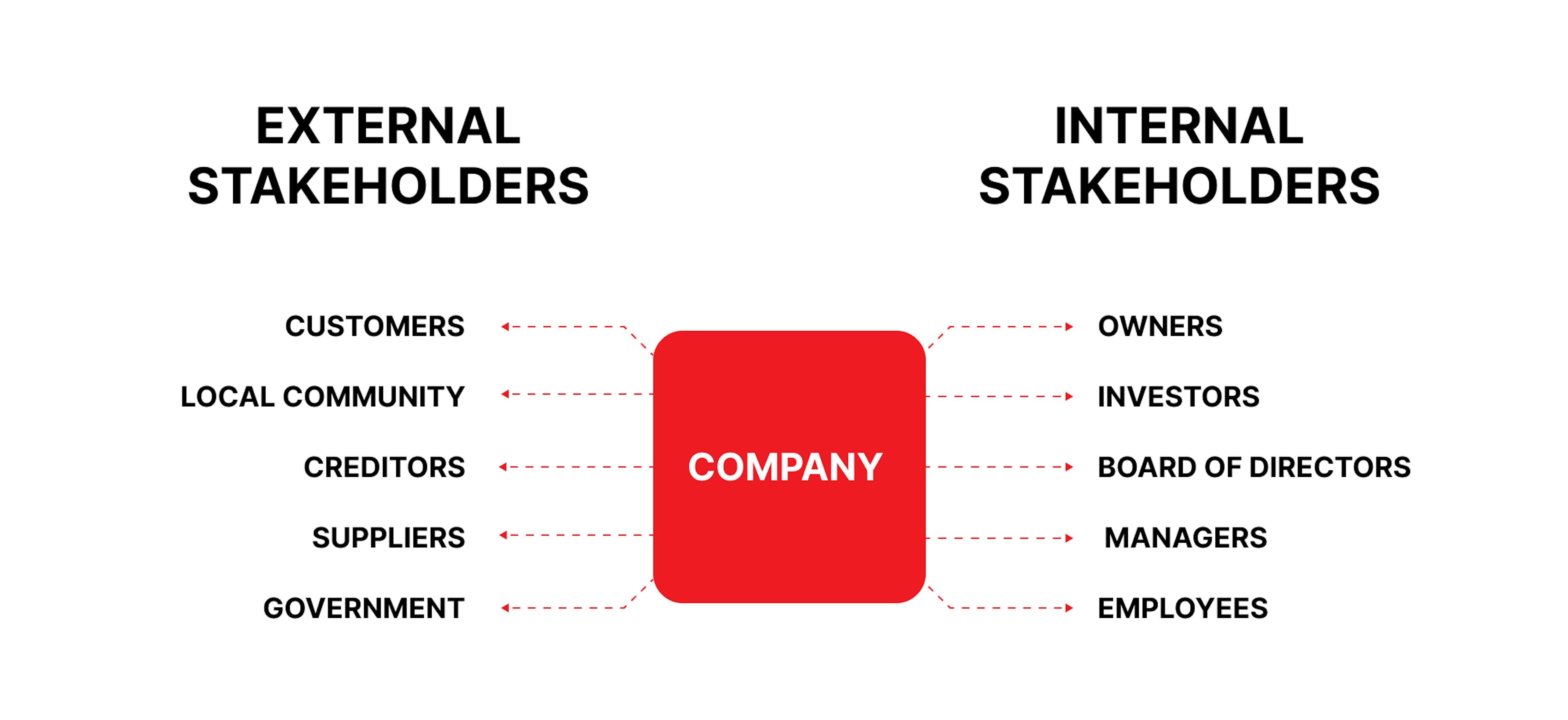
What is the role of external stakeholders?
Here, too, everything depends on the nature of their interest and the extent of their influence in supporting the stable production and distribution of the company's services and products. Of course, they do not directly influence the decisions, but they must be accounted for.
How to build transparent work processes, so stakeholders have no questions about where the money was spent? Read Oleg Puzanov's article, where he reasoned about the future of outstaffing and outsourcing and described the new approach to cooperation models — Transparent Remote Staffing.
Customers
Of course, individual customers often have no direct influence on a company's decisions, although some good exceptions exist. However, the customers collectively show how successful the company's decisions have been by giving their money and attention, allowing the company to develop and distribute its products and services. Therefore, it is necessary to look at the interests of the customer, which are the high quality, availability, and relevance of the company's products and services.
Local communities
Although local communities do not directly influence the company's decisions, they may still influence the company by organizing various actions and demonstrations. Their interest is that the company doesn't negatively impact their lives in the form of environmental damage, an increase in traffic, etc. At the same time, their interest may be that the company's activities raise the status of the location, attracting more people, which allows them to make higher rents, open profitable businesses, etc.
Creditors
Creditors do not influence the company's decisions but are interested in its stable income. That way, they can give the company a bigger loan on better terms.
Suppliers
Today's world is global, and no company is in a completely closed loop. Each company's profits depend on other businesses, and they all provide goods or services to each other. Therefore, suppliers are vested in the company's growth, giving them more orders, profits, and cheaper production.
Government
There is a question: Is the government an internal or external stakeholder? Here is the answer, the government is the external stakeholder interested in companies' growth because the higher the profits, the higher the taxes. Also, the more a company expands, the more jobs it creates, increasing citizens' well-being and purchasing power, which positively affects the demand for goods and services from other companies. If a government provides conditions for the active growth of companies, it makes it attractive for others to start their own companies. In this way, it creates mutual enrichment and positive economic trends.
What is the difference between internal stakeholders and external stakeholders?
Now that you know the exact definitions and examples, we can conclude the difference between internal and external stakeholders. Internal stakeholders are individuals or groups within an organization with a vested interest in the success of a business. External stakeholders are individuals or groups outside an organization who are vested interest in a company's success. The main difference between internal and external stakeholders is that internal stakeholders have more direct control, while external stakeholders have more indirect control.

Role
Internal stakeholders are part of a company. External stakeholders are representatives of external companies.
Type of priority
Internal stakeholders have a high priority and are called priority stakeholders. External stakeholders are of secondary priority and are called secondary stakeholders.
Type of influence
Internal stakeholders directly influence its resources, processes, and results. External stakeholders have an indirect influence on the company.
Type of interests
Internal stakeholders are directly interested in a company since they are immediately affected by its activities. External stakeholders have an indirect interest in the company. They also may have an interest in some competitors.
Information available
Internal stakeholders have direct access to internal company information about its decisions, processes, and performance. External stakeholders can have only limited access to such information.
How to manage internal stakeholders and external stakeholders?
As we said earlier, world politics and economics have bound everyone, and now everyone depends on each other. Therefore, it is essential to understand how to manage stakeholders mutually and beneficially. This requires analyzing stakeholders on various aspects and setting appropriate priorities and actions. Here you will find the main steps which will let you do it properly.

Identify external and internal stakeholders
Now you know the difference between external and internal stakeholders. You can easily separate them from each other and prioritize the influence. This will be a key point for further analysis and model selection, so pay special attention.
Define the degree of importance of each stakeholder
Here we come across a new concept, which is often related to stakeholder prioritization. However, it may differ from it in some cases, which may affect the choice of the engagement model. You can define sources of importance for stakeholders by answering these questions:
- What problems affect each stakeholder? Does the strategy/project seek to address or alleviate them?
- For which stakeholders does the strategy/project prioritize meeting their needs, interests, and expectations?
- Which stakeholder's interests converge most closely with the strategy/project objectives?
Construct a matrix of the influence and importance of stakeholders
Based on the early analysis, you can now build a stakeholder influence and importance matrix, which will help you to visualize their place in the hierarchy and choose the best model to interact with them.

- Quadrant 1 includes stakeholders with a high degree of influence and importance, such as the board of directors.
- Quadrant 2 includes stakeholders with a high degree of importance but low influence, such as regular employees or investors.
- Quadrant 3 includes stakeholders with low importance and influence, such as the suppliers or creditors.
- Quadrant 4 includes stakeholders with a high degree of influence but low importance. For example, in some cases, the government or local communities may be there.
However, it is important to note that the position of the stakeholders may change on the graph depending on different situations. For example, a supplier, who is a secondary stakeholder, may move to the right in the graph, increasing its importance if it becomes a key supplier or gets a contract with it under special conditions. Or the government of the country where your main market is may have passed new laws that directly affect your business.
Choose the most appropriate model
You have the necessary analysis results to choose the most mutually beneficial stakeholder engagement model. A total of 12 models are available to you, which you can vissually explore in table A ladder of stakeholder management and engagement (Friedman and Miles, 2006). They predict various combinations of the results of the previous analysis and various of scenarios and situations.
- Manipulation model
- Therapy model
- Informing model
- Explaining model
- Placation model
- Consultation model
- Negotiation model
- Involvement model
- Collaboration model
- Partnership model
- Delegated power model
- Stakeholder control model
Stakeholder management principles
Andrew L. Friedman and Samantha Miles have created original principles in the book Stakeholders: Theory and Practice (1991). There you can read in detail about their work and get even more information about the intricacies of analysis, models, and operating principles, and they are still relevant today:
Principle 1
Managers should acknowledge and actively monitor the concerns of all legitimate stakeholders and consider their interests in decision-making and operations.Principle 2
Managers should listen to and openly communicate with stakeholders about their respective concerns, contributions, and the risks they assume because of their involvement with the corporation.Principle 3
Managers should adopt processes and modes of behavior that are sensitive to the concerns and capabilities of each stakeholder constituency.Principle 4
Managers should recognize the interdependence of efforts and rewards among stakeholders and should attempt to achieve a fair distribution of the benefits and burdens of corporate activity among them, taking into account their respective risks and vulnerabilities.Principle 5
Managers should work cooperatively with other entities, both public and private, to ensure that risks and harms arising from corporate activities are minimized and, where they cannot be avoided, appropriately compensated.Principle 6
Managers should avoid altogether activities that might jeopardize inalienable human rights (e.g., the right to life) or give rise to risks that, if clearly understood, would be patently unacceptable to relevant stakeholders.Principle 7
Managers should acknowledge the potential conflicts between (a) their own role as corporate stakeholders and (b) their legal and moral responsibilities for the interests of stakeholders and should address such conflicts through open communication, appropriate reporting and incentive systems, and, where necessary, third party review.
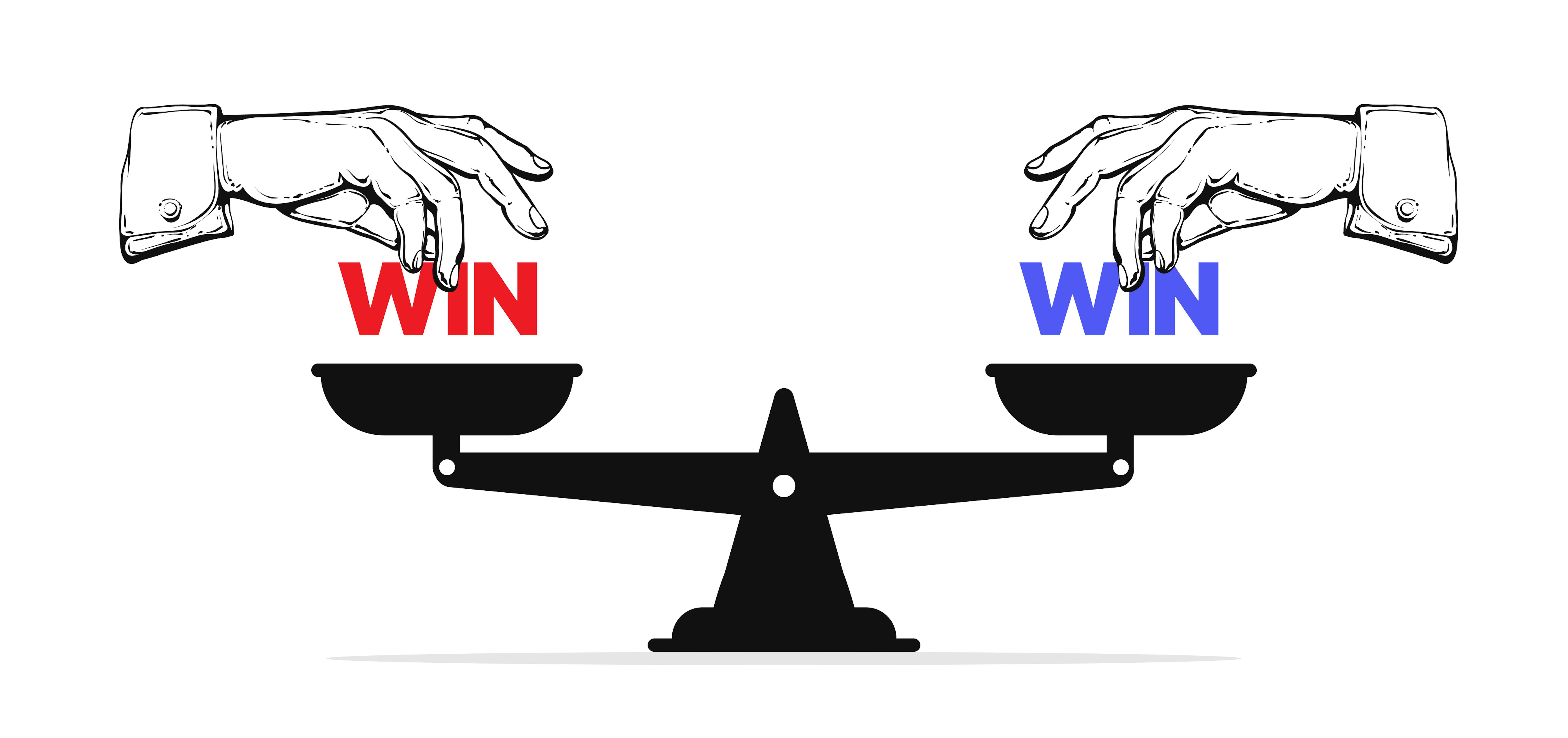
The world of business, however, is constantly evolving. Here's how you can update those principles to reflect contemporary practices:
Proactive stakeholder identification and prioritization
Go beyond just acknowledging stakeholders. Identify all relevant stakeholders through stakeholder mapping, considering factors like power, legitimacy, and urgency. This helps prioritize engagement efforts.
Related source: Freeman, R. E. (2010). Strategic Management: A Stakeholder Approach. Cambridge University Press
Materiality assessment and shared value creation
Identify the most important ESG issues (materiality) that are crucial for both your company and stakeholders. Focus on creating "shared value" by addressing these issues through your business strategies. This aligns business success with positive societal impact.
Related source: Creating Shared Value (2011) by Michael E. Porter and Mark R. Kramer in Harvard Business Review
Risk management with stakeholder impact in mind
Develop a robust risk management framework that identifies, assesses, and mitigates potential risks that could negatively impact stakeholders. Consider environmental, social, and economic risks alongside financial ones.
Related source: ISO 31000:2018 Risk Management Guidelines by the International Organization for Standardization (ISO)
Long-term value creation with sustainability integration
Integrate sustainability principles into your corporate strategy. Consider not just short-term profits but also long-term environmental and social impacts. Align your business goals with the UN Sustainable Development Goals (SDGs) to contribute to a more sustainable future.
Related source: The UN Sustainable Development Goals (SDGs)
Ethical decision-making and transparency for trust building
Uphold strong ethical principles in all business practices and decision-making. Foster a culture of transparency and accountability to stakeholders. Reference resources from the Institute of Business Ethics (IBE) for guidance. This builds trust and strengthens stakeholder relationships.
Related source: What is business ethics by The Institute of Business Ethics (IBE)
Summary
Now you know all the general information about the role, you will be able to build your hierarchy with much more understanding. Of course, much of this is highly individual and depends on internal company policies, legal relationships with various entities, etc. In some companies, the customers have more influence in decision-making than even the company owners. And this can work if it is not an accident and lack of order but a well-thought-out strategy and a distinctive feature that makes a company successful.
The most important thing is to bring mutual benefit to all participants from every interaction. And you now have a better understanding of how important this is and how to achieve it. That's why we regularly share our years of experience on our blog. Because your success is our success too.

